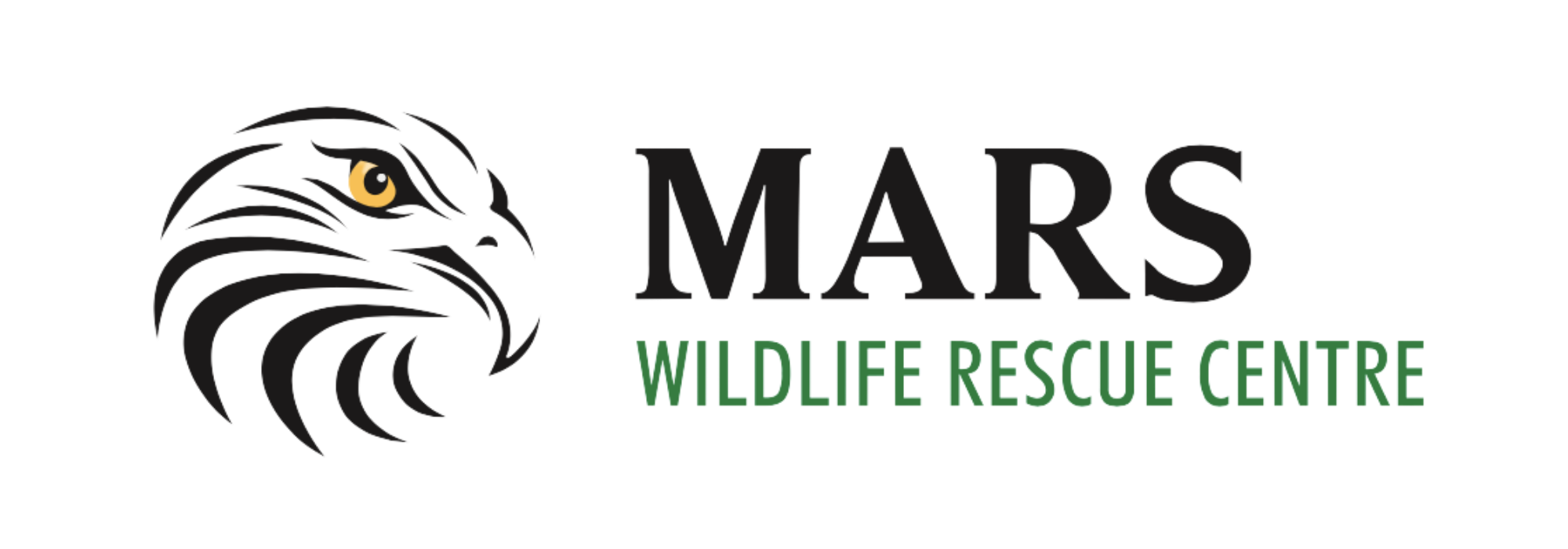Project Funded by TD Friends of the Environment Foundation
Protecting Great Blue Heron Habitat and Nesting Colonies
As more land is built up, altered and used by humans, Great Blue Herons are at risk of finding no place to live and forage for food. Herons require three types of habitat: foraging areas; sites for nesting colonies; and roosting sites for use outside of the breeding season.
MARS recently received funding from TD Friends of the Environment Foundation to increase public awareness about the needs of herons, especially when they are foraging for food for their young.
An earlier project found fewer herons than expected in the prime foraging areas of the Comox Valley. Research suggested that this may be due, in part, to negative interactions with humans; e.g. people walking at low tide when herons are most likely to be foraging, dogs running free on the beach. Herons will abandon their nesting colony if the location is not conducive to raising young.
It has been MARS’ experience that people will change behaviours if they understand the need to do so.
Development of Educational Materials
In the spring of 2015, during the active nesting and foraging months, summer students, volunteers and MARS staff engaged in conversation with people on local beaches, pointing out the herons feeding nearby and talking about the nesting and foraging needs of herons and other birds.
During this project, we heard some interesting comments like: “It’s natural for dogs to chase birds” and “My dog likes to chase the birds, but seldom catches them”. On the whole, no harm is intended and, after a brief conversation of how this might cause harm, most of these people would good naturedly leash their dogs to continue their walk.
For educational outreach and consultation with children, MARS’ volunteers contributed photographs, developed posters and a quiz and even wrote an illustrated story: ‘We would like to tell you about a really big bird called the Great Blue Heron, the largest herons in North America. They can fly as fast as 56 km per hour and have been around on earth for nearly 2 million years…’
There were regular discussions with the coordinator and young people working with the YER (Youth and Ecological Restoration) Program. Having acquired considerable knowledge of heron activity in earlier heron research projects, they told us that people living in the area really care about wildlife. Their recommendation: if we reach children in schools, they will pass that information on to their families and friends.
MARS summer students picked up the challenge and designed a brochure “Helping the Heron Colonies” with information about habitat and nesting, the problems caused by people and dogs when herons are frightened from their feeding grounds and what we can do to mitigate that harm. This draft brochure helped to cultivate ideas for the signs: ‘Spread the Word … please keep dogs on leash at low tide … (when) … herons set off to ‘get the groceries.’
After considerable review and discussion by students, youth volunteers, educational volunteers and MARS board members, the brochures and signs took shape.
The Children’s Story, brochure and signs all tell an important story about herons – placement of colonies, food sources, raising young – and how humans and dogs have the potential to create harm. The signs and brochures are complementary with similar colours, design and messages.
Educational volunteers recommended that the educational handouts follow the same theme and design. Having learned that children like “stickies”, a decal, depicting a heron with shopping cart, was created to give out to children after classroom and other presentations.
There were seven aluminum composite signs created during this project. Six with project funding, the seventh paid for by the Comox Valley Regional District parks department, which is placing four signs strategically on beaches where herons and other shorebirds forage for food.
The parks department for the Town of Comox is also placing two signs on their beaches with the one remaining sign being placed by Courtenay on an Air Park trail near the estuary.
The local government parks staff are distributing the heron brochures. MARS has been, and will continue, handing out brochures at public presentations. MARS volunteers who do the school presentations are preparing curriculum for their classroom visits in January and February, just as herons are returning to their nests. Older school children will be given brochures and all the school children will receive a decal as part of these presentations.
Please feel free to adapt and use these materials for your own educational projects. Just remember to acknowledge MARS and the TD Friends of the Environment Foundation.




